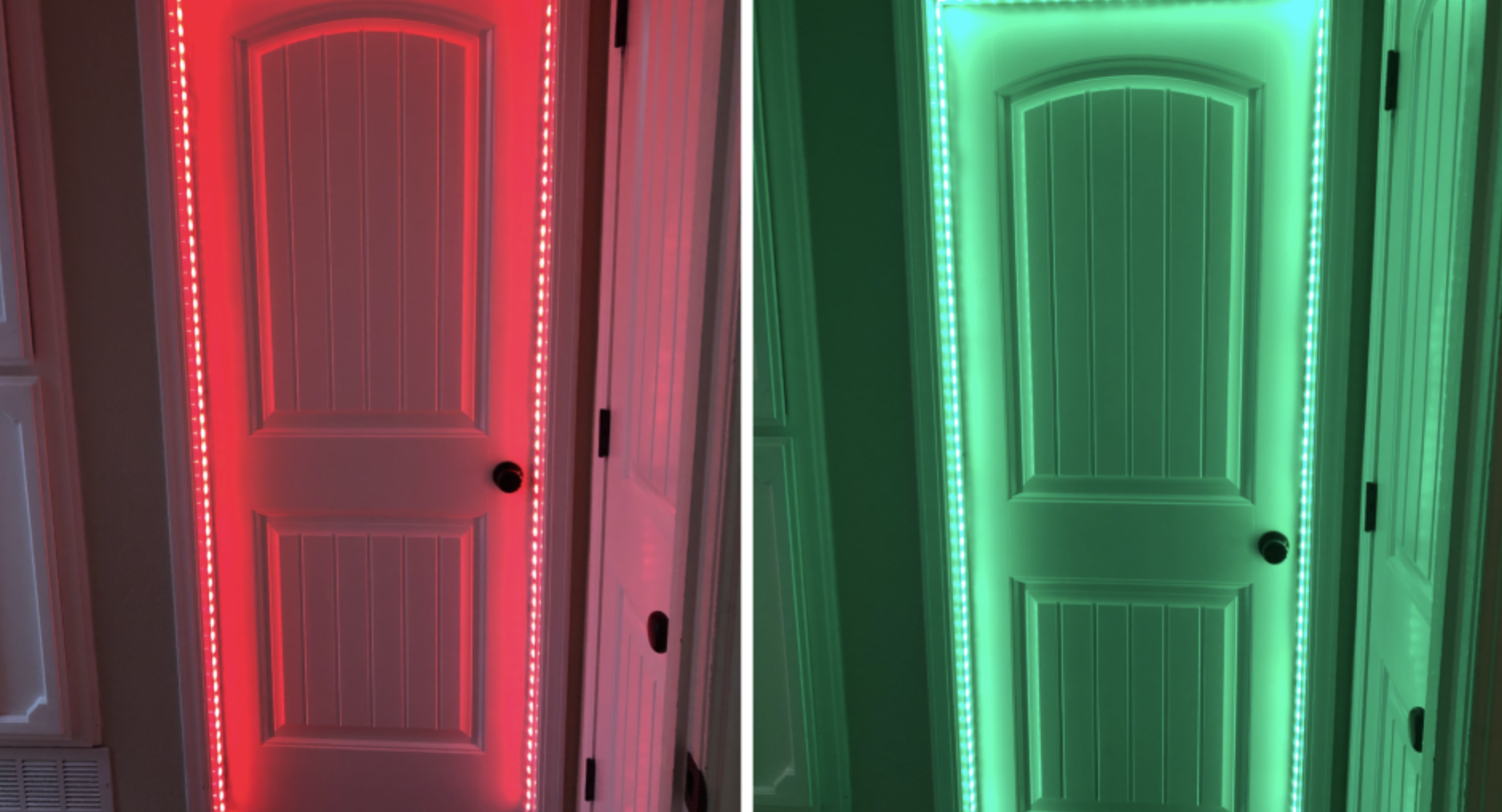Current Project: Smart Lock with Facial and Voice Recognition
For my final project, I’m focusing on creating a smart lock that uses real-time facial and voice recognition to provide secure, seamless access. The goal is to innovate access control for homes and offices, making it more efficient and secure.
Core Features of the Smart Lock
- Facial Recognition: Uses facial recognition to verify authorized users and grant access.
- Voice Recognition: Adds an extra layer of security with voice recognition for multi-factor authentication.
- LED Indicators: LED lights around the door frame show access status—green for authorized and red for denied.
- Smartphone Integration: Allows remote control and notifications for access attempts, even from unauthorized users.
Smart Lock Images
LED Indicators
This feature provides a visual indication of access status with green and red LED lighting.

Facial Recognition Technology
The lock’s facial recognition module identifies authorized users based on pre-registered facial data.

Smart Lock Design
An example of the lock design with a keypad and voice recognition option, enhancing multi-factor authentication.

Technical Requirements for the Smart Lock
- Microcontroller: ESP32 with camera support for facial recognition and audio processing for voice recognition.
- Camera Module: High-resolution camera for facial recognition.
- LED Strips: RGB LED strips around the door frame, controlled by the microcontroller.
- Power Supply: Li-ion battery with solar charging capabilities for continuous use.
- Data Storage and Processing: Local or cloud storage options for saving access attempts and facial data securely.
Smart Lock Project Milestones
- Week 1: Research facial and voice recognition modules and LED integration.
- Week 2: Set up the facial recognition system and test accuracy with various lighting conditions.
- Week 3: Implement voice recognition and synchronize with the facial recognition system.
- Week 4: Integrate LED indicators and program the ESP32 to control the LEDs based on access status.
- Week 5: Connect the lock to a smartphone app for remote control and notifications.
- Week 6: Final assembly and testing of all components to ensure seamless interaction.
Future Project: AR Wearable Glasses
Besides the smart lock, I’ve also been exploring the concept of AR wearable glasses that would **life log** and stream my daily life to my family in Shanghai. This would allow me to share my experiences with them in real-time, reconnecting us across the distance.
Another potential use of the AR glasses is to provide **directions on the go**. This feature would enable hands-free navigation, especially helpful for bike or scooter riding, improving safety by keeping my eyes on the road.
Progress on AR Wearable Glasses
3D Design of Glasses
Here's the initial 3D design of the glasses frame:

3D Printing in Progress
The glasses are being 3D printed using a Prusa MK3 3D printer. You can see the printing process below:

Final Glasses on Face
The first prototype of the glasses has been printed. Here’s how the glasses look after printing:

Feel free to download the 3D model of the glasses here:
Download 3D Glasses STL





